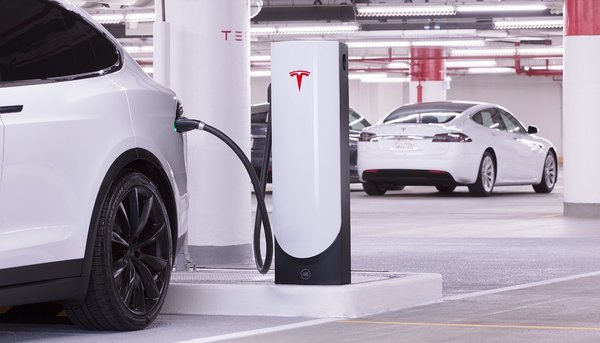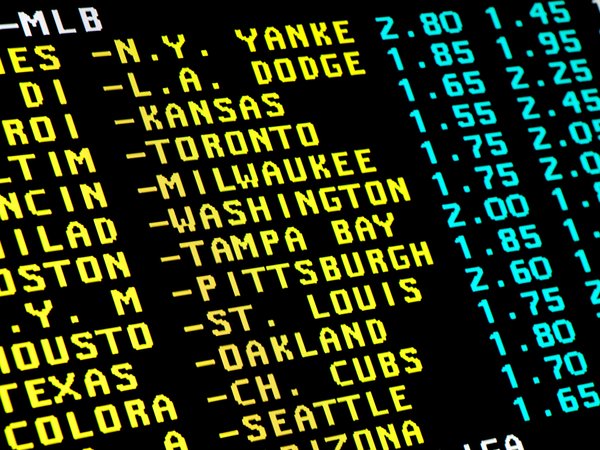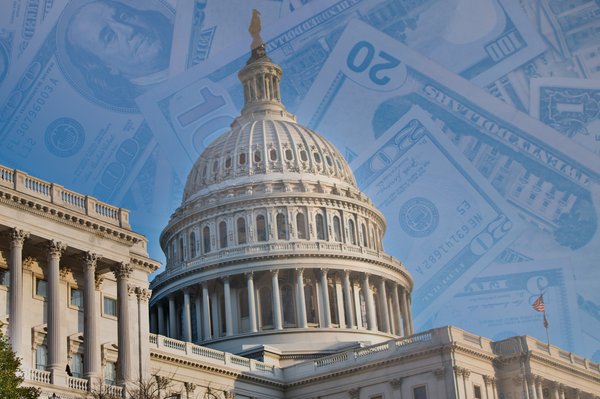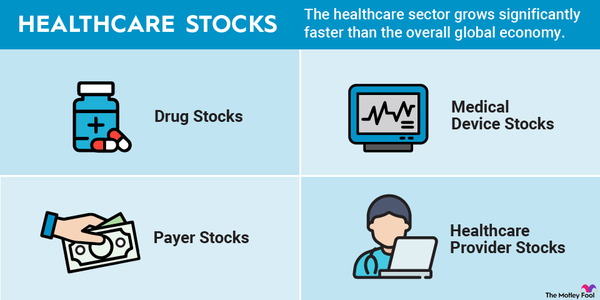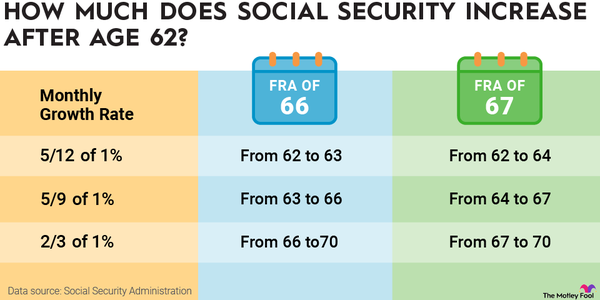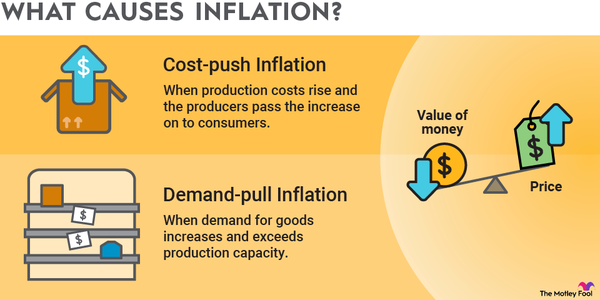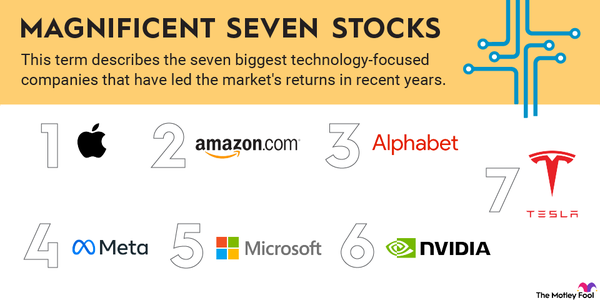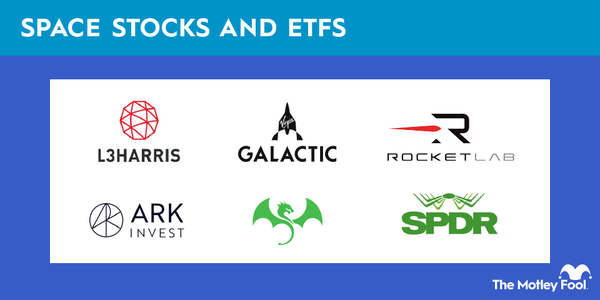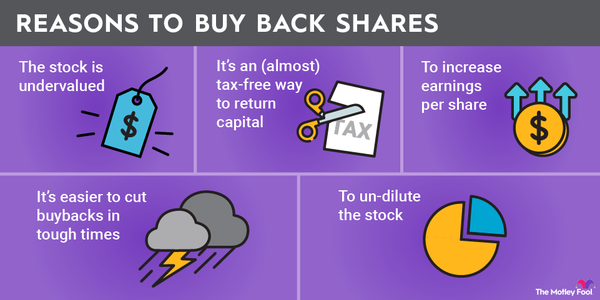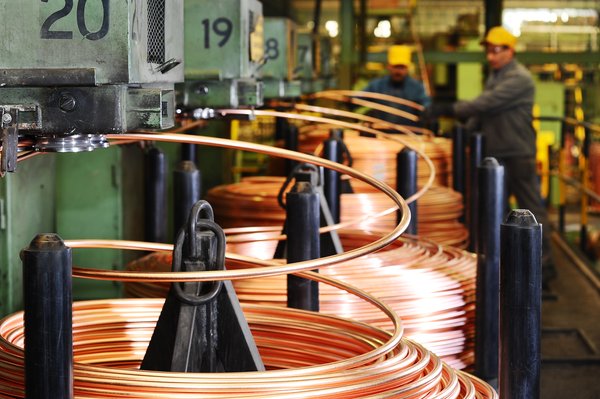The Trump administration has announced a variety of trade actions including tariffs and other measures that could impact U.S. imports and exports. The table below tracks the status of major trade and tariff actions and proposals, including a full list of reciprocal tariffs.
Full reciprocal tariff list and other trade actions
Important trade actions investors should watch
While the Trump administration has put in motion a large number of trade actions, some are more imminent and impactful than others.
Reciprocal tariffs
Reciprocal tariffs
On April 2, the Trump administration announced reciprocal tariffs. Currently in effect are a 10% baseline tariff on all countries except Canada and Mexico which are exempt, and China which faces a a 125% tariff plus a 20% tariff imposed earlier to stem the flow of fentanyl into the United States. That puts the total duty imposed on Chinese goods by the current Trump administration at 145%. China has announced that it will impose a 125% retaliatory duty on U.S. goods.
The initially revealed higher, country-specific reciprocal tariffs have been paused until July 9.
Certain goods will be exempt from reciprocal tariffs, including energy and certain minerals not available in the United States. An exemption for computers, smartphones, and consumer electronics has been announced but the administration has suggested separate tariffs on those products and semiconductors are forthcoming.
Products already subject to other tariffs, like steel, aluminum, and vehicles and parts, will not be subject to the reciprocal tariffs. Products under investigation for potential tariffs are also exempt, including copper, pharmaceuticals, semiconductors, and lumber.
The table above has a full list of the reciprocal tariffs.
China
China
The Trump administration has overall imposed a 145% tariff on Chinese products. That's the sum of an initial 34% reciprocal tariff rate plus additional duty hikes tariff in response to China's pledged retaliation, and a separate 20% tariff on all Chinese products.
China has imposed a 125% retaliatory duty on U.S. products and restricted trade with the U.S. in other ways, including by restricting the export of certain rare earth minerals and magnets. China has suspended imports of logs and soybeans from certain U.S. companies as well. China has also placed export controls on 15 U.S. companies, placed 10 on its Unreliable Entity list, and prohibited imports of gene sequencers from Illumina (NASDAQ:ILMN) in addition to other nontariff measures.
The administration has also begun a process that could culminate in fees on Chinese-built or -flagged vessels that dock at U.S. ports. Fees could reach up to $1.5 million in certain instances, according to the draft proposal. The proposal would also require that U.S.-built and -flagged vessels export a certain percentage of U.S. goods each year. Public comments on the proposal are due by March 24.
Steel and aluminum
Steel and aluminum
A 25% tariff on steel and aluminum imports and derivatives will be imposed on March 12. There will be no product exclusions, and agreements previously struck between the U.S. and major exporting countries for exemptions will be terminated.
Automobiles
Automobile tariffs
On March 26, President Trump announced that a 25% tariff would be imposed on imports of automobiles and automobile parts starting on April 2, 2025. The tariffs will be added on top of existing duties. Tariffs on USMCA-compliant vehicles will apply only to non-U.S. content. Tariffs will not apply to USMCA-compliant auto parts until a process is determined to assess non-U.S. content.
Venezuelan oil and gas
Venezuelan oil and gas
President Trump has stated that starting on April 2, goods from countries which purchase Venezuelan oil and gas will be subject to a 25% tariff. China, the United States, and Cuba are major purchasers of crude oil from Venezuela.


























































